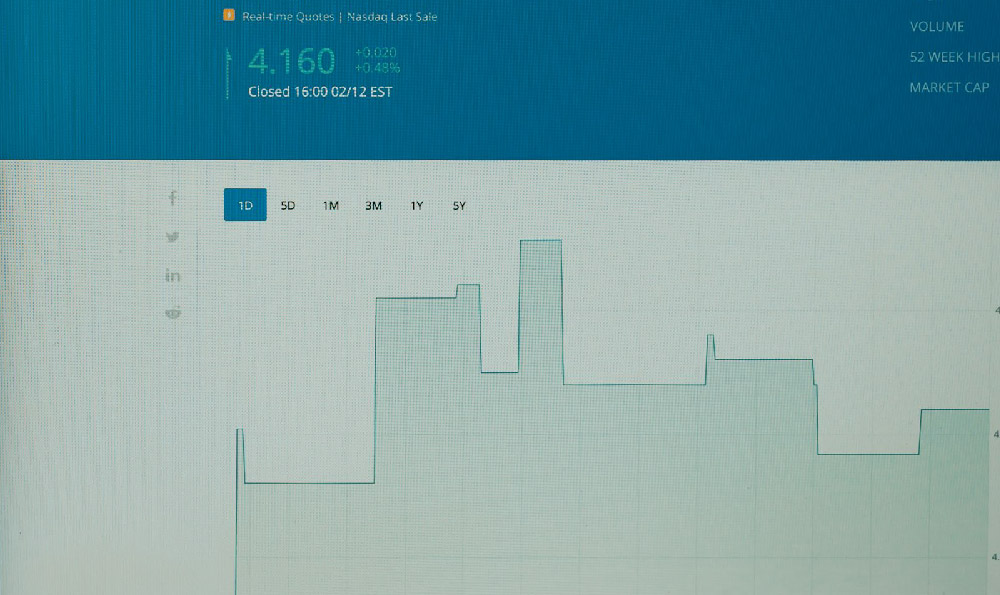What are bonds, and how do they work in investments?
Bonds represent a fundamental pillar of the investment world, offering a more conservative alternative to the potentially volatile nature of equities like stocks. Understanding what bonds are and how they function is crucial for constructing a well-diversified portfolio and managing risk effectively. At their core, bonds are debt instruments. Imagine a company or a government needing to raise capital. Instead of turning to a bank for a loan, they can issue bonds to the public. When you purchase a bond, you're essentially lending money to the issuer – the company or government – in exchange for a promise to repay the principal amount (the original amount you lent) at a predetermined date in the future, known as the maturity date. Along the way, you also receive periodic interest payments, referred to as coupon payments.
The mechanics of bond investing revolve around several key concepts. The coupon rate, expressed as a percentage, indicates the annual interest you receive on the bond's face value (the principal amount). For instance, a bond with a face value of $1,000 and a coupon rate of 5% will pay you $50 in interest annually, typically split into semi-annual payments of $25. It's crucial to remember that the coupon rate is fixed at the time the bond is issued. However, the bond's market price can fluctuate based on several factors.
Interest rate movements are perhaps the most significant driver of bond price changes. Bond prices and interest rates have an inverse relationship: when interest rates rise, bond prices tend to fall, and vice versa. This is because newly issued bonds will offer higher coupon rates to attract investors, making existing bonds with lower coupon rates less attractive. Conversely, if interest rates decline, existing bonds with higher coupon rates become more valuable, driving their prices up. This sensitivity to interest rate changes is captured by a measure called duration. Duration approximates the percentage change in a bond's price for every 1% change in interest rates. Bonds with longer maturities generally have higher durations, making them more sensitive to interest rate fluctuations.

Creditworthiness is another critical determinant of bond prices. Bonds are rated by agencies like Moody's, Standard & Poor's, and Fitch based on the issuer's ability to repay its debt obligations. These ratings range from AAA (highest credit quality) to D (default). Bonds with higher credit ratings are considered less risky and typically offer lower coupon rates because investors are willing to accept a lower return for the greater safety of their investment. Conversely, bonds with lower credit ratings, often referred to as "junk bonds" or "high-yield bonds," carry a higher risk of default and, therefore, offer higher coupon rates to compensate investors for taking on that added risk. Investing in lower-rated bonds requires careful due diligence to assess the issuer's financial health and ability to meet its debt obligations. A sudden downgrade in an issuer's credit rating can significantly depress the price of its bonds.
Inflation expectations also play a role in bond pricing. If investors anticipate higher inflation in the future, they will demand higher yields on bonds to compensate for the erosion of purchasing power. This can lead to lower bond prices as investors sell existing bonds to purchase newer ones with higher yields. Treasury Inflation-Protected Securities (TIPS) are designed to mitigate this risk by adjusting their principal value based on changes in the Consumer Price Index (CPI), a measure of inflation.
Beyond individual bonds, investors can also access the bond market through bond funds and exchange-traded funds (ETFs). These funds pool money from multiple investors to purchase a diversified portfolio of bonds. Bond funds offer the advantage of instant diversification, allowing investors to gain exposure to a variety of issuers and maturities. However, it's important to understand that bond fund prices can fluctuate based on the underlying bonds in the portfolio. Furthermore, bond funds typically have expense ratios, which are fees charged to manage the fund.
Investing in bonds can offer several benefits, including income generation, capital preservation, and diversification. Bonds can provide a steady stream of income through coupon payments, which can be particularly attractive for retirees or those seeking a more predictable income stream. Bonds are generally considered less volatile than stocks, making them a valuable tool for capital preservation, especially during periods of market uncertainty. The diversification benefits of bonds stem from their relatively low correlation with stocks. This means that when stock prices decline, bond prices may hold steady or even increase, helping to cushion the overall portfolio from losses.
However, bond investing also involves certain risks. Interest rate risk, as mentioned earlier, can negatively impact bond prices when interest rates rise. Credit risk, or the risk of default, can lead to losses if the issuer is unable to repay its debt obligations. Inflation risk can erode the purchasing power of bond yields if inflation exceeds expectations. Liquidity risk can make it difficult to sell a bond quickly at a fair price, particularly for less actively traded bonds. Finally, call risk arises when an issuer has the option to redeem a bond before its maturity date, typically when interest rates have fallen. This can force investors to reinvest their proceeds at lower rates.
To navigate the complexities of bond investing, it's essential to consider your individual investment goals, risk tolerance, and time horizon. If you're seeking income and capital preservation with a lower risk tolerance, a portfolio of high-quality government and corporate bonds with shorter maturities may be suitable. If you're willing to take on more risk for potentially higher returns, you might consider investing in lower-rated bonds or longer-maturity bonds. Diversifying your bond portfolio across different issuers, maturities, and credit ratings can help mitigate risk. It's also prudent to consult with a financial advisor who can provide personalized guidance based on your specific circumstances. Remember, a well-thought-out bond investment strategy can contribute significantly to achieving your financial goals while effectively managing risk.















